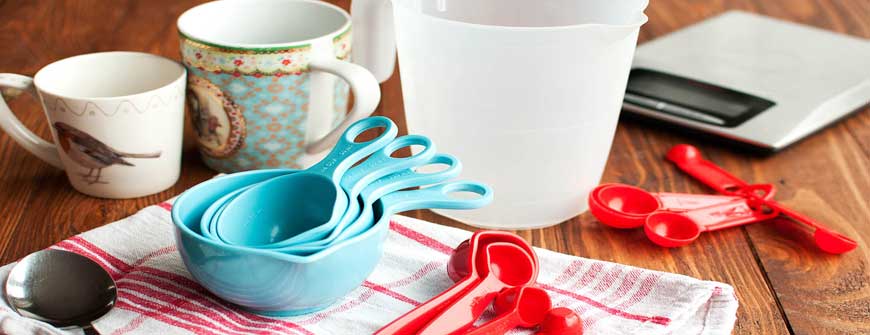In the last article, we helped you find the right pans for baking. In today’s post, we are going to look at a crucial element of baking which you come across Cakes Classes. Yes, we are speaking about measuring your ingredients.

Baking is a Science
In conventional cooking, you can get away with eyeballing the amount of ingredients you add to your dishes – a knob of butter, three to five tomatoes, a fist-sized ball of mozzarella – anything works. On the contrary, baking is chemistry and requires accuracy and precision. Add just a few more spoons of flour, your cake ends up tough and dry. Too less, your cake fails to rise or doesn’t have a rigid structure.
Measuring your ingredients perfectly can make the difference between a baking success and a baking disaster. Here are time-tested tips and tricks to ensure that your cakes turn out picture perfect and are lip-smacking good.
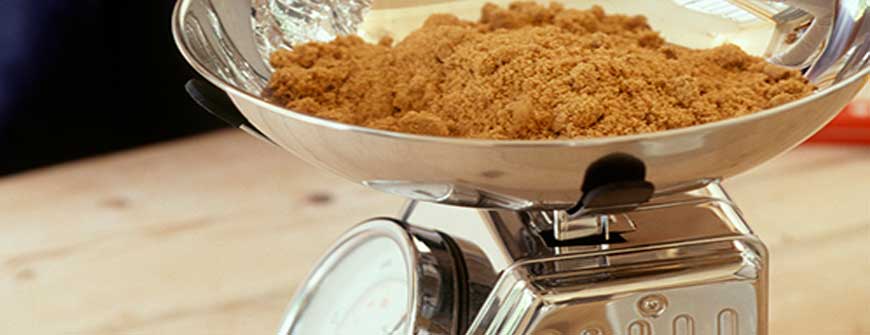
Rule #1: Understand which ingredients matter the most
In Cakes Classes, certain components matter more than the rest. This includes flour, eggs, sugar, and butter. They play a crucial role in determining the structure of your cakes, and you must measure these accurately.
Also, wet ingredients like milk, water, buttermilk that are added to provide moisture to the cakes are also important as these influence the moistness of the final baked delicacy. Ingredients like flavouring and colouring agents determine the appearance and flavour of your cake.
The Rule of Thumb here is that any ingredient that is a part of the core recipe must be as accurate as possible. Optional ingredients that are added as “extra” like chocolate chips, sprinkles don’t break the recipe. It doesn’t matter if you add a little extra or little less of these ingredients.
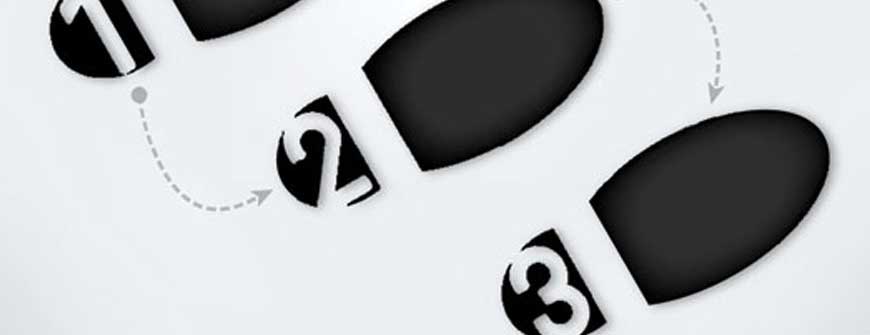
Rule #2: Follow the ingredient directions exactly as instructed
Let’s explain this with an example.
“50g strawberries, chopped.”
Here you should measure the whole strawberries and then chop them. You can cut off a few strawberries to get an accurate measurement.
On the other, if the instruction says the following,
“50g chopped pecans.”
You must chop the pecans before your measure it.
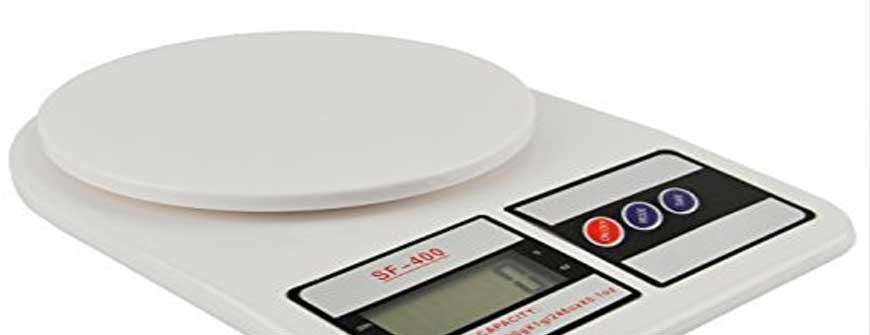
Rule #3: Make use of accurate measuring scales and cups where the markings are clearly visible
You would be surprised at the number of bakers who use old measuring cups with vague markings and murky scales and then wonder why their cakes didn’t turn out right.
Invest in a good pair of digital scales to measure ingredients accurately and to make your job easier. Be wary of measuring cups that look pretty but don’t have the proper markings. Always choose high-quality measuring cups and spoons that are easy to clean, empty and can be levelled with a knife. The same applies to measuring jugs. Pick one that is transparent and has clear markings on the side.
Ok, now let’s get on how to measure different ingredients.
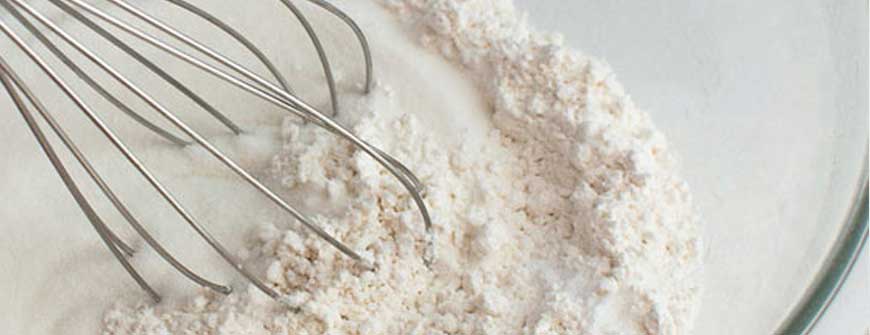
Fine Dry Ingredients
Don’t pack flour, baking powder, baking soda and icing sugar into your measuring cups. These ingredients tend to compact during storage. So, give a good shake to loosen them. Then spoon the ingredient into your measuring cup. Don’t make the mistake of dipping your measuring cup into the container. Use the blunt edge of a knife to level the ingredients in the cup.
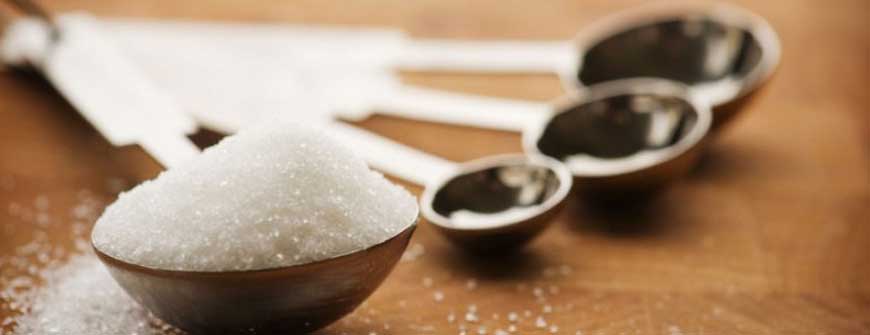
Measuring Sugars
White granulated sugar doesn’t compact as much as fine dry ingredients. So, it’s okay to scoop it directly from the container or bag. Brown sugars are sticky, and it’s difficult to scoop it. Treat brown sugar like any other chopped ingredient. For all sugars, make use of the edge of a knife to level it.
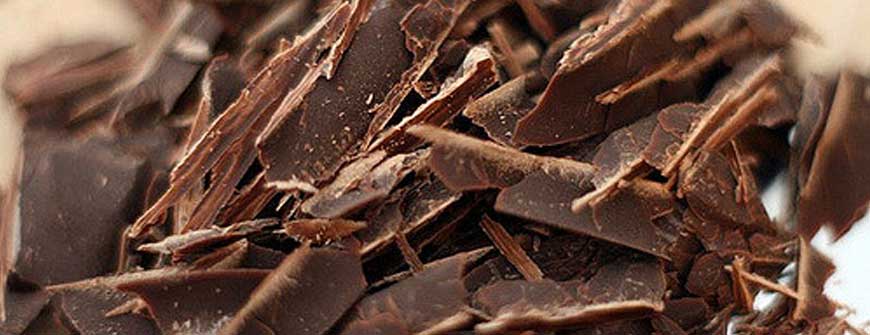
Chopped or Grated Dry Ingredients
Pack lightly. Some examples include grated fruits, veggies, and chocolate shavings. While flour or icing sugar can hold a LOT more when packed, chopped or grated ingredients don’t compact that much. Just fill the cup with the ingredient, and when you’re satisfied that there isn’t much air in it, you can level the top as usual with a knife.
On the other hand, ingredients like chopped nuts, chopped fruits or desiccated coconut should be packed down a bit, to eliminate air pockets.
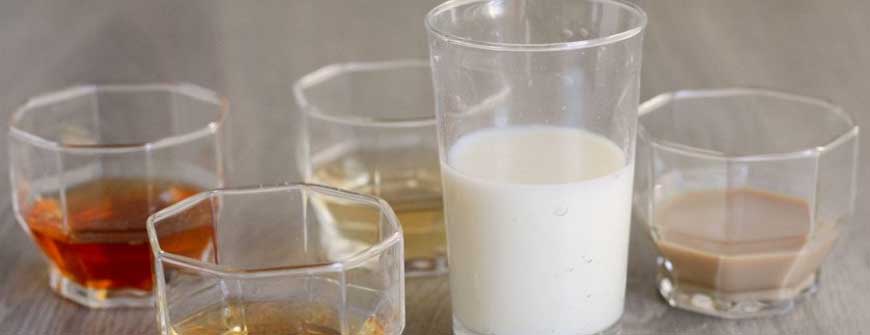
Thin or Free flowing liquids
Ensure that you have a see-through measuring jug and a level surface to begin with. Throw away your old, battered measuring jugs where the markings are difficult to find. Also, if you work table is wonky, then you could end up with an entirely different reading.
Pour the liquid into the jug and let it settle for a few minutes. Then bend down to see if the lowest dip of liquid is at the mark. It shouldn’t be lesser than the mark.
Don’t hold the measuring jug up to the light to check it. That’s ok if you’re making a salad dressing, which doesn’t need exact measurements. But, it’s a big no for a multi-tiered cake where you must measure the wet ingredients to the correct millilitre.
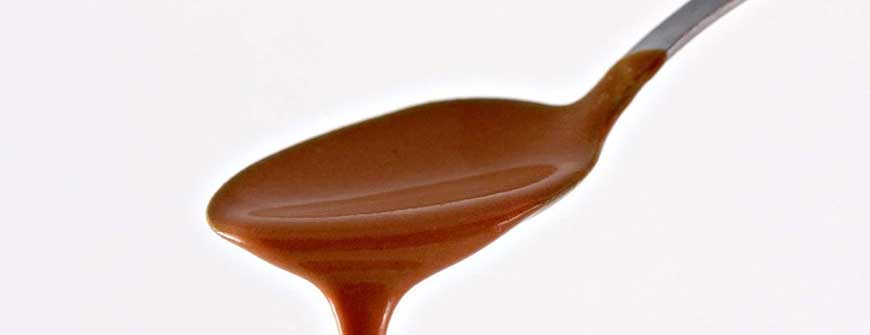
Thick Liquids
For thick liquids like buttermilk and yogurt, make use of a spatula to pack it down into the measuring cup. You can also tap your measuring jug lightly on the counter to make the liquid settle down. Once measured make use of a spatula to scoop the liquid completely from the jug.
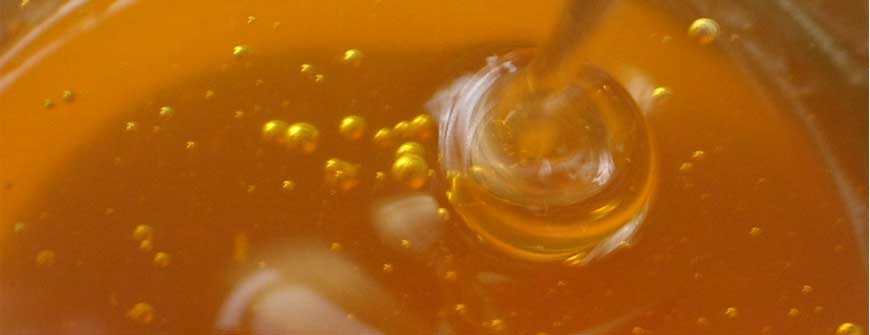
Sticky liquids and paste
Even expert bakers are anxious when measuring sticky, goopy liquids like peanut butter, Nutella, treacle and golden syrup. Make use of oil to prevent the ingredient from sticking to the spatula, scoops and measuring cups. Squirt a layer of non-stick spray or oil to keep it from sticking.

Butter
The measurements mentioned on the pack of butter shouldn’t be considered. They are just a vague guide and not accurate enough. To measure butter, slice cold butter into cubes and place it in the bowl of your measuring scale.
Let it cool down to room temperature after you have finished measuring and not before that. Melting butter is hard to handle and sticks to the bowl.
So, for butter, always measure and then cool.
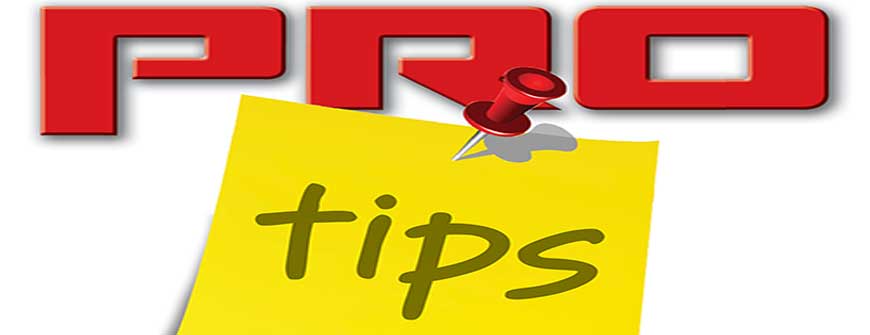
Pro Tips from Gurgaon Bakers
Accurate and precise measurements play a crucial role in your baking outcome, and we can’t stress this enough. The best way to get it right is to keep on practicing. Once you have mastered it, you’re likely to measure all the ingredients without having to spend huge time on it.
Additionally, try purchasing two sets of measuring cups and spoons. Make use of one, for dry ingredients and the other for wet ingredients. This prevents the need to clean and dry cups and spoons in the middle of measuring.
Armed with these pro tips, go forth and bake precisely and accurately!
GurgaonBakers is a reputed name for Cakes Classes in Gurgaon. We offer courses cutting across several baking related aspects. Hopefully you would have a great time surfing our classes section on our site www.gurgaonbakers.com. In-Fact in insights section, we feed our valuable customers with valuable information on baking topics. We will be glad to assist you with any information on related topic, you can get in touch with us at 989-9988-185.

